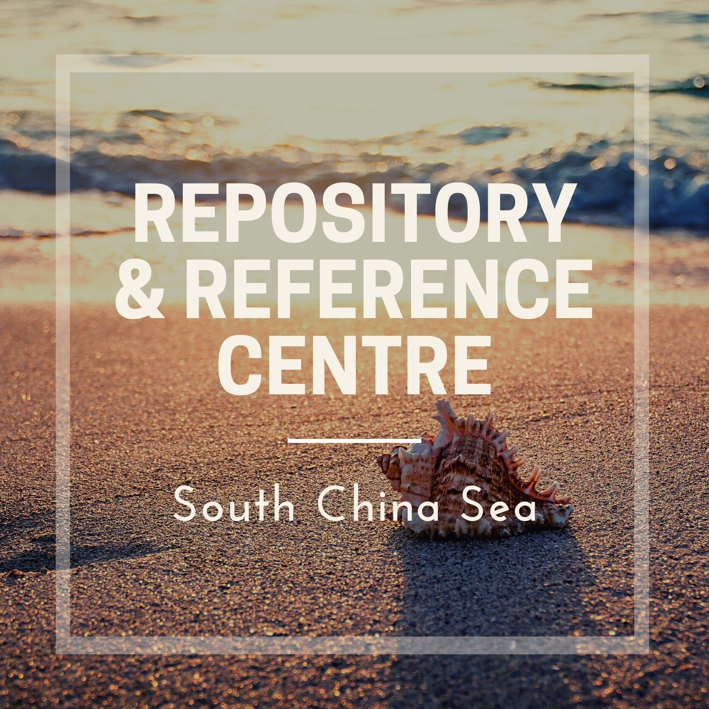South China Sea Repository and Reference Centre (What we do with 20,000 specimens?)
By Dr. Izwandy Idris,
Head of Repository and Reference Centre
The South China Sea Repository and Reference Centre (RRC) is akin to a natural history museum, except marine and aquatic organisms are the main focus in RRC. We received specimens collected in Malaysian seas by anyone. Nonetheless, we do not merely receive all specimens. Specimens (several individuals of the same species) that were accepted and deposited at RRC must have scientific values. For examples, new species in science or species from the area that have low information of its diversity or poisonous species like jellyfish, fireworms and crown of thorn. At present, we have more than 20,000 specimens from all over Malaysia. After a specimen was deposited at RRC, it will be assigned a ‘Specimen Reference Number’ (ID number) and all necessary data will be recorded in the database. All specimens then will be kept either in preservation solution (alcohol) or properly dried and then sent to one of our collection rooms. Periodically, specimens will be checked their condition to make sure they are in good condition. Specimens in the collection can damage because of fungi that growth due to humidity.
Specimens in RRC represents the diversity of marine life in Malaysia, and serve as physical pieces of evidence that these organisms ever exists. These specimens can further be accessed by future researchers to check the validity of the identification and used as references to similar organisms found in other areas. Moreover, specimens deposited can be used to determine possible alien or invasive species, used as bio-indicator or have economic potential for the nation. Some species, for example, cone shell is poisonous to human, but the venom can be used for treating pain. However, only certain cone shell has these abilities. Hence, specimens of cone shell in the repository can be used to differentiate of which cone shell is dangerous or benefited to human.



